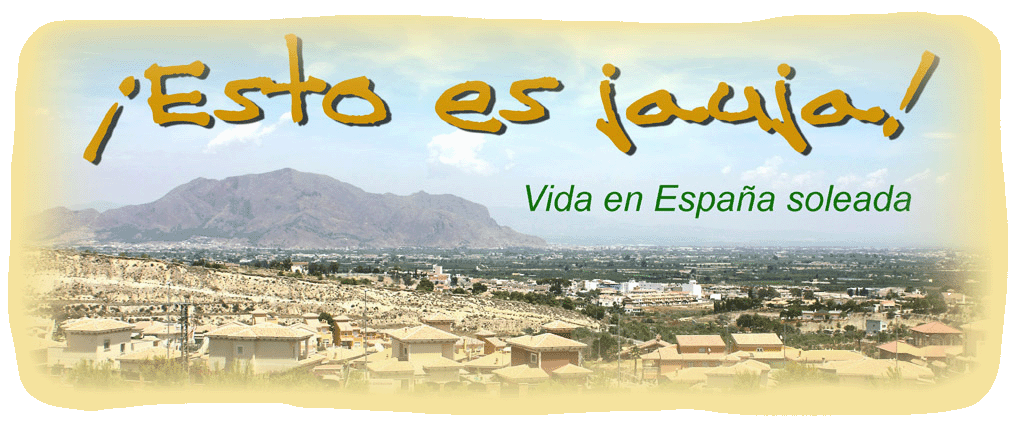You find thousands of white snails covering fences, electricity boxes, gates and anything else they can cling to in this area. Local collect them to use in the famous “rabbit and snail” paella. What they don’t realise is that these snails can potentially produce a crop which is far too valuable for them to be used to simply adorn a plate of paella.
In the hills above Barcelona, Joan Trobalon keeps a barn filled with 6,000 snails - not for eating but for providing eggs. Why? because snail’s eggs, or “white caviar” as it has been dubbed, is the latest gastronomic trend sweeping Europe.
Chefs throughout Spain and Europe are rediscovering the highly-prized delicacy, which centuries ago starred in banquets for wealthy Romans, Egyptians and Greeks. The tiny eggs, which taste slightly earthy and are recommended marinated in herbs, are also known as "Pearls of Aphrodite" for their supposed aphrodisiac quality. Think of a broad bean, pea and "white caviar" crostini, with an asparagus reduction or rabbit steaks with a beetroot puree and thyme-marinated "white caviar" and you are on the right lines.
After four years of experimenting, Mr Trobalon found that his snails thrive on a diet of grains and green leaves, and are best kept in small pens, raised off the ground and filled with small tubs of earth, with electric wire around the top to stop them escaping. Every spring and autumn each snail will burrow into the soil to lay around three grams of eggs - between 80 and 100 individual “pearls”.
It takes four hours to fill a 50 gram tin, as each tiny egg is selected by hand using tweezers. No wonder then that the eggs fetch 1,800 Euros per kilogramme. Yes you read that correctly!

No comments:
Post a Comment